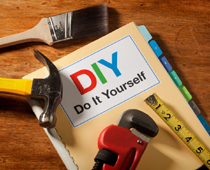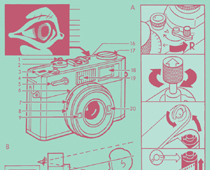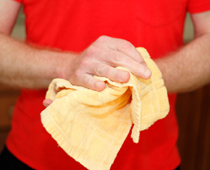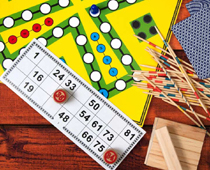|
3.
|
Instructions should have a list of ____ ![]()
|
|
| [ ] |
ingredients or equipment needed. |
| [ ] |
other people who have followed the instructions. |
| [ ] |
photos. |
| [ ] |
reasons why you should follow them. |
|
|
|
4.
|
Instructions are written step by step. These steps should be ____ ![]()
|
|
| [ ] |
complicated. |
| [ ] |
simple. |
| [ ] |
numbered. |
| [ ] |
unusual. |
|
|
|
5.
|
Instructions are written using what type of verbs? ![]()
|
|
| [ ] |
Future tense |
| [ ] |
Imperative |
| [ ] |
Passive |
| [ ] |
Third person |
|
|
|
6.
|
Diagrams or photos help by ____ ![]()
|
|
| [ ] |
explaining why it's important to follow the instructions. |
| [ ] |
showing the reader what to do. |
| [ ] |
making the instructions seem more difficult. |
| [ ] |
None of the above. |
|
|
|
7.
|
Which of the following is NOT an example of an instruction? ![]()
|
|
| [ ] |
Could you wash your hands before you begin. |
| [ ] |
Don't run. |
| [ ] |
Fold the paper along the dotted line. |
| [ ] |
Whisk the cream until thick. |
|
|
|
8.
|
Which of these connectives should be used in a set of instructions? ![]()
|
|
| [ ] |
Yet, for, because, otherwise. |
| [ ] |
On the other hand, because, so, secondly. |
| [ ] |
Therefore, next, however, although. |
| [ ] |
First, next, then, finally. |
|
|
|
9.
|
Which of the following set of instructions is in the correct order? ![]()
|
|
| [ ] |
Turn on the tap, soap your hands, rinse your hands, turn off the tap, dry your hands. |
| [ ] |
Rinse your hands, turn on the tap, turn off the tap, soap your hands, dry your hands. |
| [ ] |
Soap your hands, turn off the tap, dry your hands, turn on the tap, rinse your hands. |
| [ ] |
Dry your hands, turn on the tap, soap your hands, rinse your hands, turn off the tap. |
|
|
|
10.
|
Many types of writing use instructions. Which of these does NOT use instructions? ![]()
|
|
| [ ] |
List of safety rules. |
| [ ] |
Craft how-to guide. |
| [ ] |
Letters page in a newspaper. |
| [ ] |
Board games. |
|
|










